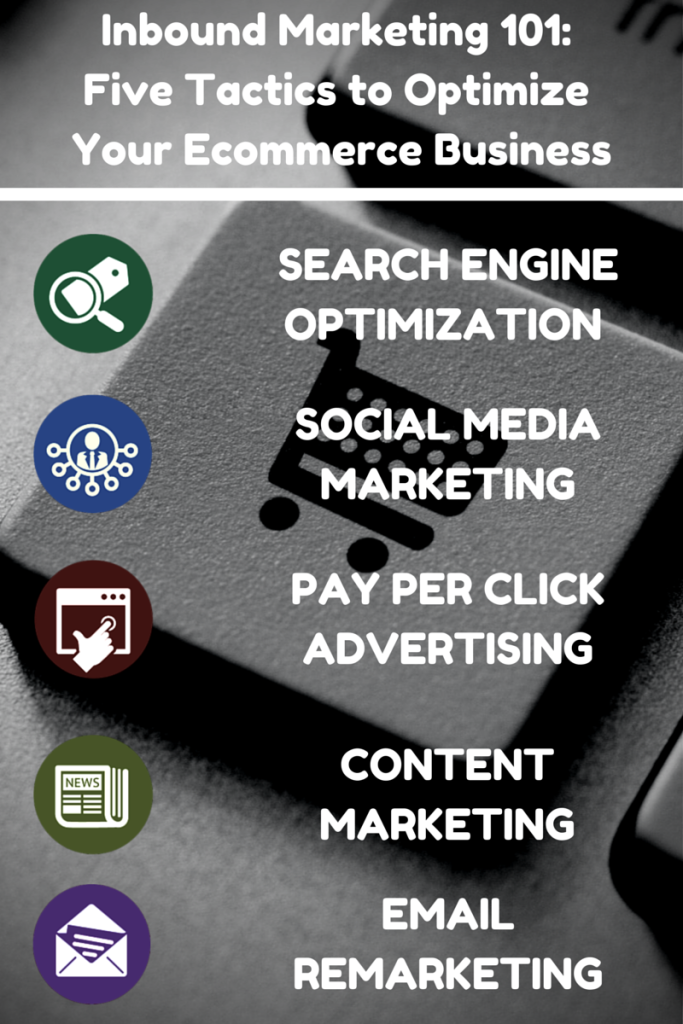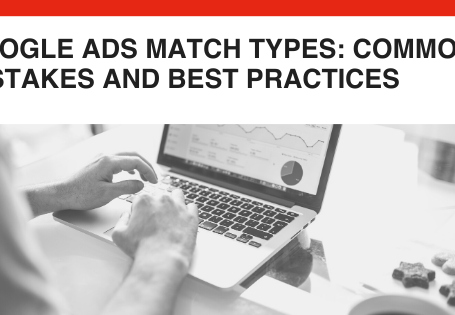Inbound Marketing 101: Five Tactics to Optimize Your Ecommerce Business
By: Rank Media
Not Sure Where to Start with Ecommerce Marketing?
Managing an ecommerce store can be a daunting task in the initial stages for a business. Whether it’s a Shopify store or custom Magento website, there are no universally agreed upon manuals for generating website traffic and sales. For a business owner, the foray into digital marketing can be quite cumbersome, especially if one gets overwhelmed by buzz terms such as “conversion tracking”, “customer lifetime value”, and cost per acquisition”.
Discover the Power of Inbound Marketing
Fortunately for ecommerce store managers, there are experienced marketing professionals and digital agencies that can be enlisted to launch and optimize inbound marketing campaigns geared to generate web traffic, grow customer databases, and increase online sales. Contrary to outbound marketing, which primarily consists of one-way communication such as cold calling, traditional advertising, and banner ads, inbound marketing focuses on providing value and two-way communication. The advent of the Internet and evolution of marketing has forced businesses to rethink traditional advertising strategies and reallocate budgets appropriately.
The stats below perfectly illustrate the power of inbound marketing:
- Inbound marketing produces 54% more leads than traditional outbound marketing. (HubSpot)
- On average, inbound practices cost 62% percent less per lead than traditional outbound practices. (HubSpot)
- 75% of inbound marketing channels cost less than any traditional outbound channel (HubSpot)
Five Inbound Marketing Tactics to Power Your Ecommerce Store
We have listed the five main tactics inbound marketing professionals utilize within the digital realm below. Note that this is only scratching the surface of what can be done in order to generate traffic online, but without exploring any of the following channels of digital marketing, your website may not be able to get ahead of the competition.
Search Engine Optimization (SEO)
Build your web presence organically on search engines by optimizing your website for keywords that best describe your products. SEO requires a tactical blend of consistent onsite technical optimization and organic offsite link building to generate optimal results. Optimizing individual product pages may be tedious in terms of writing unique product descriptions, but conversion rates will also increase if your copy is unique rather than repetitive. Also ensure that your website is also mobile-friendly now that Google will be using mobile usability as a ranking factor starting April 21, 2015.
Social Media Marketing
Leverage the power of social media platforms such as Facebook and Twitter to convert users into brand loyalists and advocates. Pinterest, Instagram, and YouTube are also ideal for ecommerce brands with shareable multimedia content. Additionally, paid social media advertising is providing brands with the opportunity to reach targeted niche audiences at a fraction of the cost of traditional print and TV advertising.
Pay Per Click Advertising
Generate immediate traffic to your website via paid search and display advertising on Google, Bing, and other platforms. Store owners can also launch product-based campaigns, such as Google Shopping, that replace traditional ads with product listings in search results. This can prove to be highly effective and yield a higher ROAS (return on advertising spend) compared to regular search engine marketing.
Content Marketing
Complement your marketing efforts by producing relevant content in the form of:
- Blogs
- Whitepaper
- Infographics
- Case Studies
- E-books
- Online Articles
- Videos
- Podcasts
- And much more!
If your branded content provides pertinent answers to the questions your target audience is asking online, you may be able to carve your niche on search engines and generate a good amount of inbound traffic. Syndicate the branded content you develop through social media channels to increase awareness and eventually generate web mentions/backlinks from other websites.
Email Remarketing
Ensure that your website is built to capture newsletter subscriptions via popups and strong calls to action above the fold. You can also encourage users to subscribe to your newsletter so that you can remarket to them strategically. By actively emailing your database, you can keep your database engaged and eventually increase the average customer lifetime value via repeat customers.
Ready to Take Your Ecommerce Marketing up a Notch?
Effective ecommerce inbound marketing can be quite extensive and require a considerable amount of resources. However, if your campaigns are executed strategically, it will prove to be an efficacious use of marketing budgets and generate a considerable return on investment once campaigns are optimized.
If you’re ready to realize the potential of inbound marketing for your business, shoot us an email at [email protected] or drop us a line at 1-800-915-7990.







![Most Popular Products on eBay by State [INFOGRAPHIC]](https://www.rankmedia.com/wp-content/uploads/2014/08/Most-Popular-Products-on-eBay-by-State-INFOGRAPHIC-455x337.jpg)
 (800) 915 7990
(800) 915 7990
